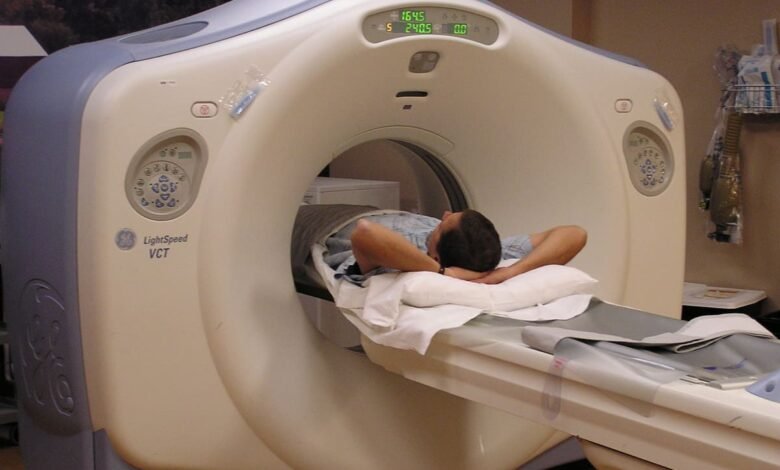More Evidence That Lung Cancer Screening Affects Survival Rates

More Evidence That Lung Cancer Screening Affects Survival Rates? The U.S. Preventive Services Task Force advises persons aged 50 to 80 who have smoked for at least 20 pack-years—equivalent to at least one pack per day for 20 years—and who are currently smoking or have stopped within the last 15 years to have an annual lung cancer screening with low-dose CT.
The American Lung Association estimates that less than 6% of those who are eligible for lung cancer screening actually receive it.
Read More: Can Drugs for ED Aid in Alzheimer’s Prevention?
The current study looked at data on 20-year survival rates for 1,285 individuals who had low-dose CT scans for screening and were later diagnosed with early-stage lung cancer.
According to early study results given at the annual conference of the Radiological Society of North America, the 20-year survival rate was 80 percent overall.
Ct Scan In Lung Cancer

For certain patients, the survival rates were improved. All 155 patients with nodules with partially solid consistency and all 139 participants with nonsolid malignant lung nodules lived to the conclusion of the 20-year research period. Even those with entirely solid nodules, which are more difficult to treat, had a survival rate of 73% after 20 years.
The early lung and cardiac action program director at the Icahn School of Medicine at Mount Sinai in New York City, Claudia Henschke, Ph.D., MD, was the lead study author. “Screening doesn’t prevent cancers from occurring, but it is an important tool in identifying lung cancers in their early stage when they can be surgically removed,” she said in a statement.
In the end, anybody considering being checked should be aware that lung cancer may be treated if discovered at an early stage.
The strongest defense against lung cancer mortality, according to the researchers, is early diagnosis using low-dose CT scanning before symptoms appear. While therapies for more advanced tumors with targeted therapy and immunotherapy have evolved significantly, they still have a long way to go. This is due to the fact that many early-stage cancers are manageable enough to be surgically entirely removed, which is usually not achievable with bigger tumors or cancers that have spread to other body areas.
The latest study’s findings confirm earlier findings from the same patient cohort, which had 10-year survival rates of 80% in a 2006 research.
Read More: 7 Things You Can’t say About the Care of Your Sinuses
The 20-year follow-up on individuals in our screening program who were identified as having lung cancer and who received treatment is what we are presenting here, according to Dr. Henschke. The most important discovery is that after the passage of so much time, they are still alive and have lung cancer. Additionally, if they persisted with their yearly test, they would be OK even if more lung tumors were discovered in the future.







